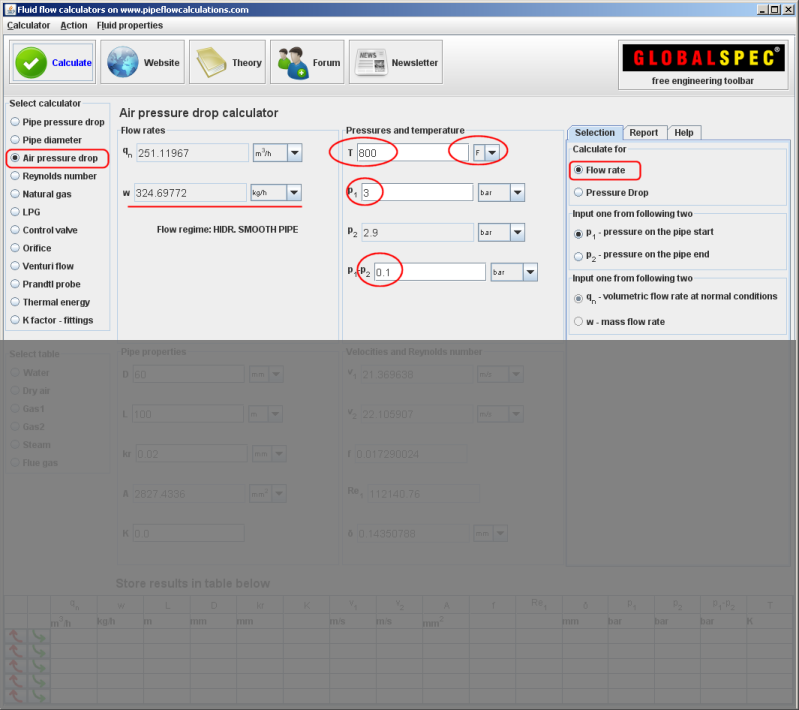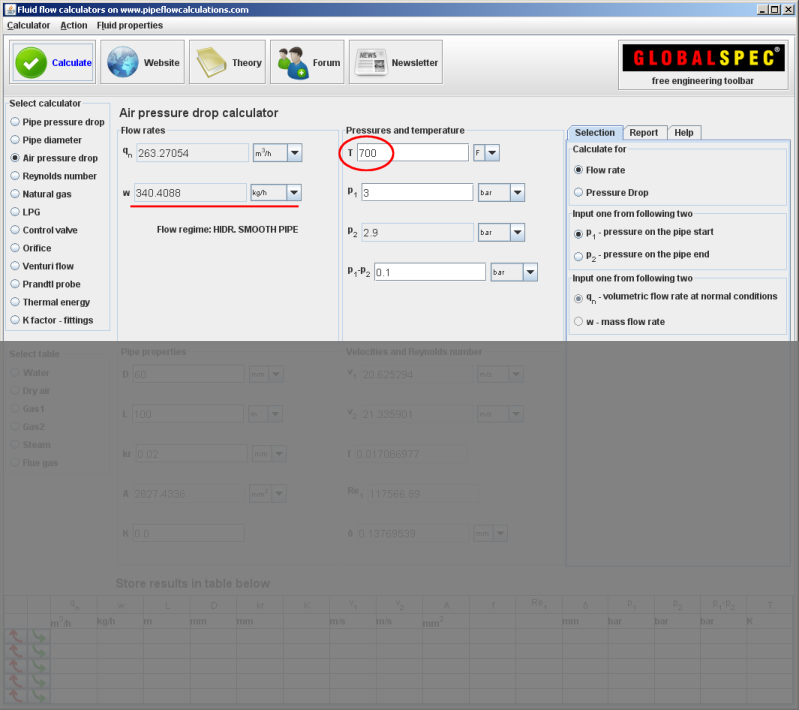Ive seen cars of 300whp gain whp by just switching from a 2.5" out back to a 3" cutout just after the flexible






 Be the first to like this post.
Be the first to like this post.
 Be the first to like this post.
Be the first to like this post. Be the first to like this post.
Be the first to like this post. Be the first to like this post.
Be the first to like this post.
 Be the first to like this post.
Be the first to like this post.
 Be the first to like this post.
Be the first to like this post. Be the first to like this post.
Be the first to like this post.

 Be the first to like this post.
Be the first to like this post. Be the first to like this post.
Be the first to like this post. Be the first to like this post.
Be the first to like this post.